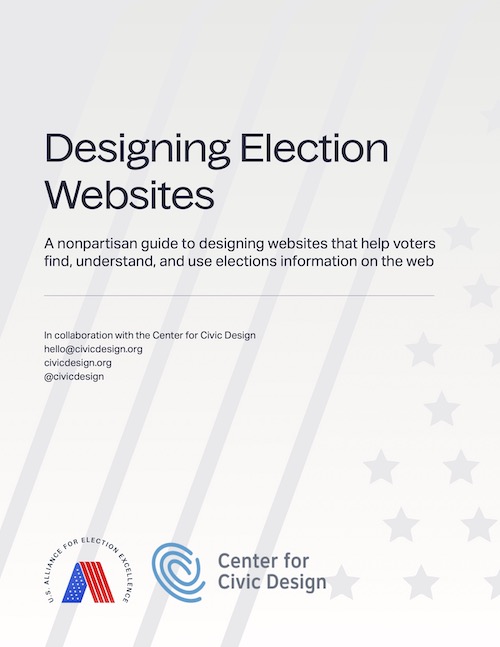Designing Election Websites
A well designed website gives voters the information they need to become informed and confident voters. It can be a challenge to create election information that’s easy to find, understand, and use, but good design will help potential voters find answers to their top questions.
Our research has shown that a successful website and content strategy means that website users can:
- Easily find and navigate through your website
- Find answers to top questions about voting including key deadlines, registration and eligibility, where to vote, and options for casting their ballot
- Act on what they learn using either online or offline tools
- Locate contact information
A good website also benefits your election office. It is easier to maintain and update, and reduces calls to your office, since voters can more easily find the information they need.
Who are these guidelines for?
These election website guidelines are designed for election offices, especially small to medium-sized jurisdictions (50,000 – 120,000 residents) that do not have a large communications team to design and maintain the website. We focused on election offices of this size because of their unique contexts and challenges, including:
- Limited or slow internet access
- People with lower digital and computer literacy
- An older population with accessibility needs in rural counties
- Specific voting information needs (such as for college students and returning citizens)
A well designed, easy to use website addresses these issues and helps all voters, especially those with less digital experience and civic literacy.

Designing Election Websites
This nonpartisan guide will show you how to design an election website so voters will be able to use your website to find the information they need, understand what they find, and take action. It covers:
• Intuitive navigation
• Accessible design
• Clear and concise content
• A maintenance plan
And more!

